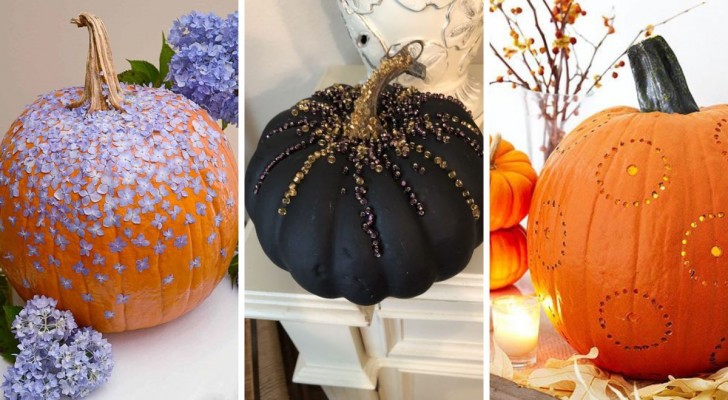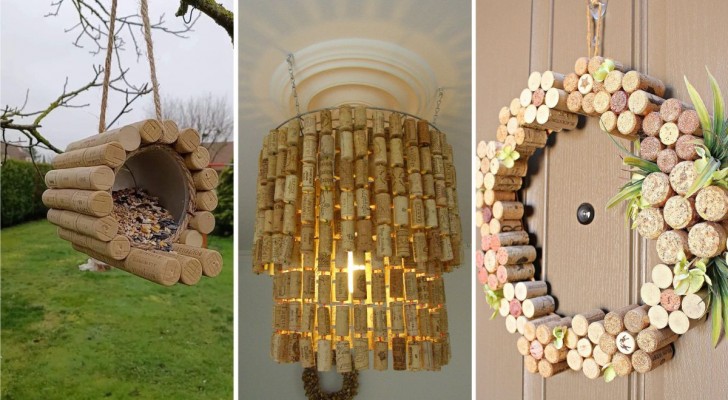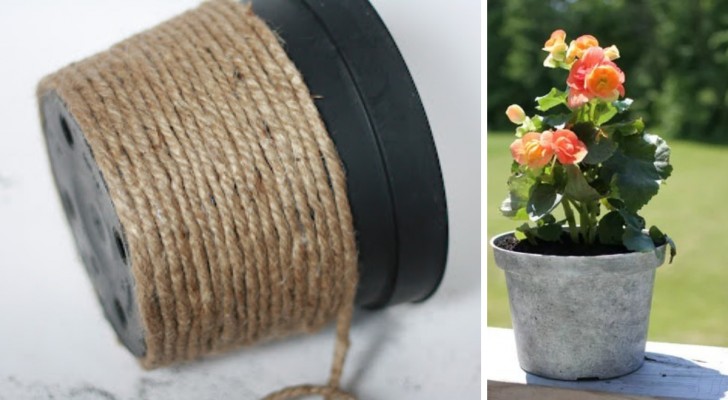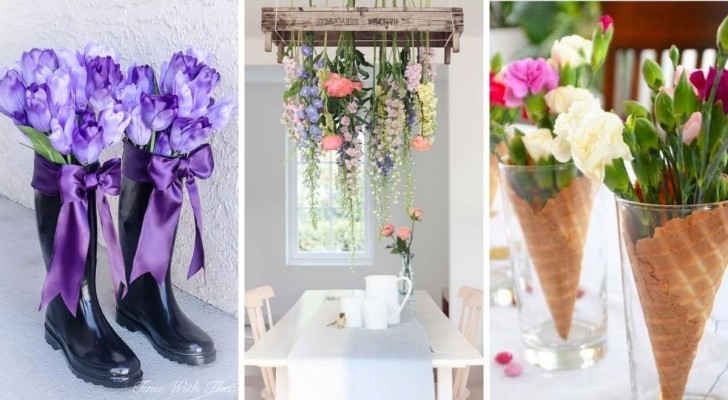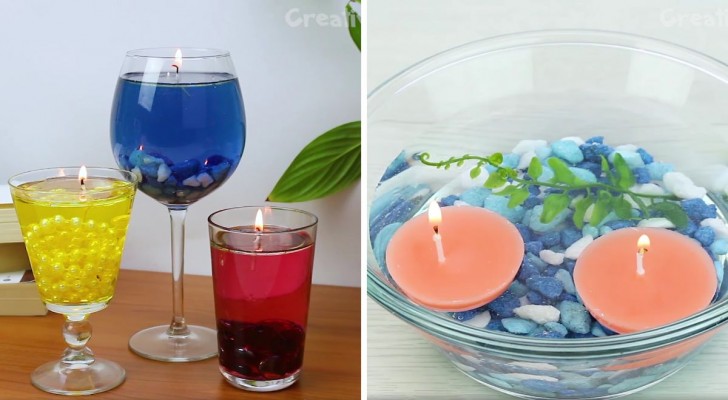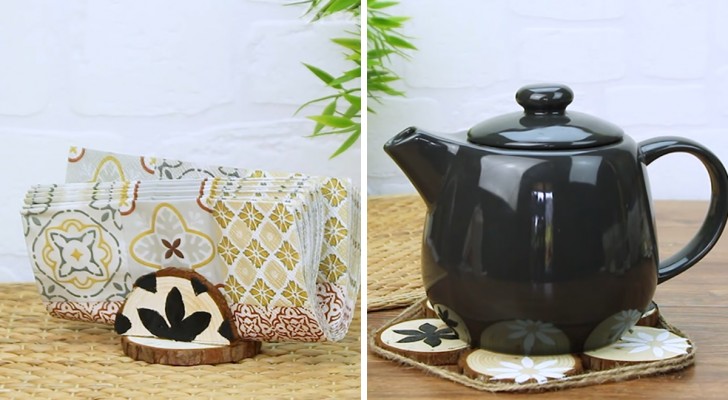Make cushion covers without sewing: find out how here!
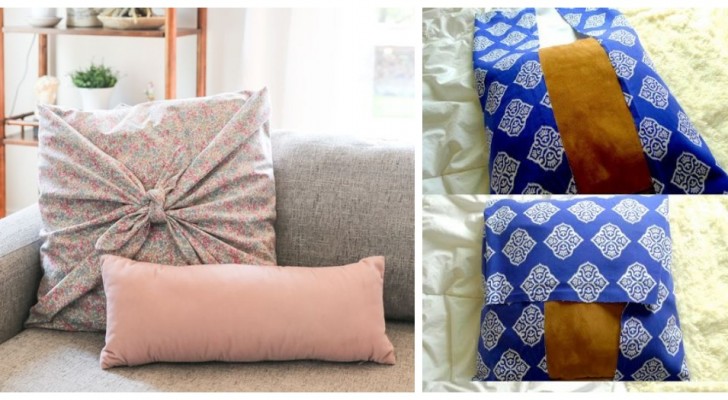
On sofas, armchairs, chairs and even on the bed it is really nice to have extra, comfortable and colorful cushions to make the setting not only look more attractive, but also more comfortable when we settle down in our favorite place to relax.
Often, then, cushions are precisely the furnishing accessory that allows us to liven up the room with bolder splashes of color, or many kinds of engaging patterns that would perhaps be too excessive and overwhelming if they were on the furniture or on the walls. And we can also use them as elements to change according to the seasons or even other circumstances or special occasions (like Easter, the birth of a child or a wedding, for example): in short, replacing one cushion cover with the other is a simple and quick action that can give a new look to an entire living room or bedroom. And if you can do this by creating handmade cushion covers without having to sew them, it will be even easier to renew the look of the relevant area whenever you want.
The simplest technique to cover a pillow is by using fabric left-overs (of the right size, of course) that are properly wrapped around a filling and then closed with a knot in the back. This results in a smooth surface on the front and the knot is in a position where it is not seen.
But sometimes it is the knot itself that gives that extra touch of class and is left exposed: the pillow then resembles a kind of envelope, and it is also very easy each time to remove the cover to wash it.
This is the perfect idea for using old sheets which are still in good condition or other scraps of fabric which are large enough. But even if we want to use new fabrics, we can just buy the off-cuts that are often cheaper and that cannot be used for more demanding, larger DIY projects.
As an alternative to the knot, but still without having resorting to using a needle and thread, there is hot glue! In this case the pillow must be treated like it is the box to be covered with gift wrapping paper. You place it in the center of the unfolded fabric, obviously on the reverse side, and fold the edges of the fabric onto the pillow, proceeding for the pairs on the opposite sides. The second and last edges will need to be overlapped until the whole cushion is closed and folded in on itself so as to be able to glue the "hem" as if we had sewn it.
Even simpler is the idea of braiding together the two sides that make up the pillowcase: take two offcuts of the same size, each wider than the pillow, and make multiple cuts along the edges in order to obtain fringes of equal size. The number of individual fringes on each side must be the same on each piece of fabric. In this way you can then put the pillow in the middle and join the two pieces into one by braiding each pair of fabric tails until both sides are braided together around the pillow.
The glue technique can be replaced with simple buttons or with adhesive velcro! You will only need to glue the velcro (if you don't want to sew it on) or just give the buttons a couple of stitches, and you are done!
And with fabric leftovers you can also wrap and close the material around a tubular cushion using simple knots!
These are really easy techniques!
